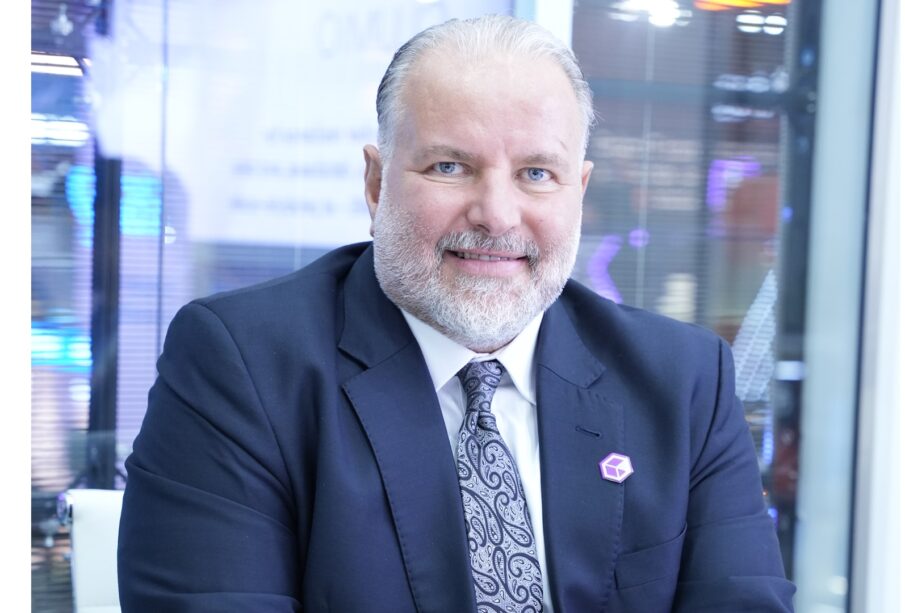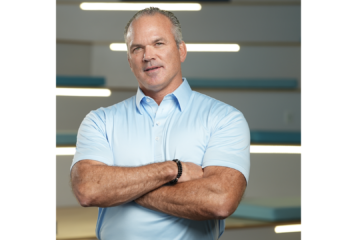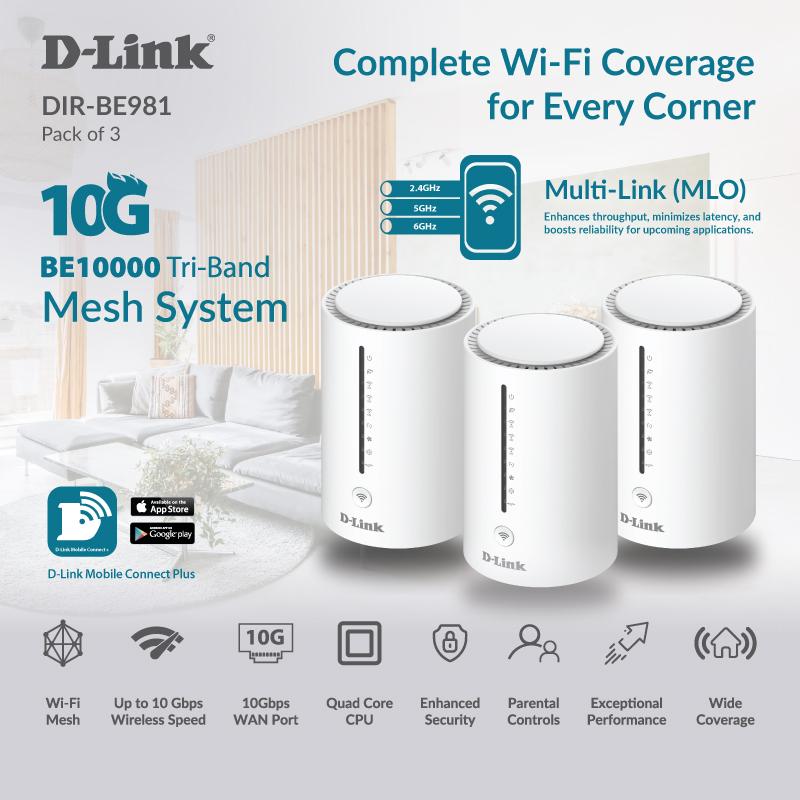
Fady Richmany, Corporate VP & GM EMEA’ Emerging Markets -CEE, CIS, Middle East & META, Commvault
At GITEX Global 2025, CXO DX spoke with Fady Richmany, Corporate VP & GM EMEA’ Emerging Markets -CEE, CIS, Middle East & META, Commvault about the company’s evolving approach to cyber resilience, its Metallic-powered Commvault Cloud platform, clean room recovery innovation, and the growing focus on securing AI workloads.
How does Commvault define cyber resilience, and what differentiates your platform’s approach from traditional backup solutions?
Back in the day, only a few companies could remain in the data protection game. Commvault has always been one of those pioneers, moving beyond traditional backup to what we now call cyber resilience.
The shift really began after an event we hosted in New York in October 2023, where we launched the Commvault Cloud Platform powered by Metallic. Metallic, our leading SaaS brand, became incredibly successful; our SaaS business grew from zero to 100 million dollars. So our Chief Marketing Officer decided to bring the two brands together under the Commvault Cloud umbrella.
We built the new platform on Metallic’s cloud-native, zero-trust architecture with AI capabilities fully integrated.
In simple terms, cyber resilience for us means helping customers detect, withstand, and recover from cyberattacks as quickly as possible. It’s about ensuring they are prepared and able to sustain operations with minimal disruption.
If a customer is breached, how fast can they come back to life? That’s the essence of fast cyber recovery, but it doesn’t happen out of thin air — it requires preparation.
We define cyber resilience around three key principles.
First, be ready, have immutable storage, air-gapped copies, and ensure no one can delete backups without authorization. Second, protect your Active Directory; It’s like the keys to the kingdom. Securing it is essential. And finally be ready to recover; continuously test your good copies and validate recovery workflows so you can restore quickly when things go wrong.
What about preventing reinfections after an attack, such as through clean room recovery?
Nothing can completely stop breaches, but managing resilience is where the focus should be. Cyber resilience goes beyond cybersecurity.
Unfortunately, many organizations still invest heavily in firewalls, intrusion detection, and anomaly scanners and yet they get breached. The attack surface is too large, and threats can come from anywhere: internal users, external actors, or even a misplaced USB drive.
We run awareness programs like “Minutes to Meltdown”, a real simulation exercise for customers. It’s a tabletop scenario where CIOs, CISOs, and other leaders see how a breach unfolds in real time, from a simple email or user action, to understand how quickly things can escalate.
No amount of perimeter security can guarantee protection; you must be prepared for recovery.
We’ve seen real incidents where the ransom demands have been huge. Recovery can take time and costs, and in critical verticals like healthcare, it could be in millions. If organizations are ready and proactive, the impact would be minimal.
How ready is the regional market when it comes to cyber resilience and backup preparedness?
The UAE and wider GCC are pioneers. They are a beacon of innovation and technological advancement. The UAE Cyber Security Council has done an excellent job creating awareness, and we’re proud to partner with them on that mission.
We recently had the privilege of hosting their leadership at our booth during GITEX, and the collaboration is strong.
However, our studies show that trust is fragile; about 50% of consumers say they won’t do business again with a company that’s been breached. Even personally, I don’t store my credit card details online anymore. That’s how real the trust issue has become.
People underestimate how breaches affect everyday lives. For example, in a breach in the healthcare segment, patients lost years of medical records. You can’t redo scans or blood tests; that’s data gone forever. That’s why cyber resilience is not optional; it’s essential.
Tell us more about Commvault’s clean room recovery and other new technologies.
Clean Room Recovery as a Service is our trademark innovation. We were the first in the industry to offer it. Once you have your “golden copy” of data from the vault, you can test and redeploy it safely.
Normally, rebuilding your application stack after an incident could take weeks. With Commvault Cloud Rewind, we can do it in an hour.
Commvault automates a cost-optimized data lifecycle that tiers copies to archival storage for less frequently accessed data. Combining Amazon S3 Glacier, Amazon S3 Batch Operations, and Commvault, you can achieve ultra-low-cost storage and optimal restore times, achieving up to 70% TCO reduction with faster scalability.
Recently, we acquired a company called Satori, which strengthens AI security, protecting large language models (LLMs) and their underlying data. This acquisition makes the Commvault Cloud Platform more secure than ever and bridges the gap between data protection and AI security.
How is Commvault preparing for the rise of AI workloads?
We’re already ahead of the curve. AI is central to our strategy. On November 12, at our upcoming event in New York, we’ll make a major announcement focused on AI and the security of AI. Watch that space; it’s going to be a big one.
Finally, what’s the key message from Commvault at GITEX Global this year?
GITEX is always an incredible platform. It brings us closer to customers and partners.
This year, we signed several major MOUs and technology partnerships, including with HPE to integrate Zerto into our offerings, CrowdStrike for integrated security, and Beyond Identity Management.
We’ve also announced our Hyperscale X architecture, a software-defined solution built on HyperFlex, and deepened collaboration with Core42’s Sovereign Cloud, where we are among the top ISVs providing resilience capabilities.
We’re deeply embedded in the region’s technology ecosystem, with a strong market share across most verticals including manufacturing, retail, defense, healthcare, education and more. Every day, we continue innovating to help customers strengthen their resilience and recover faster from the unexpected.















